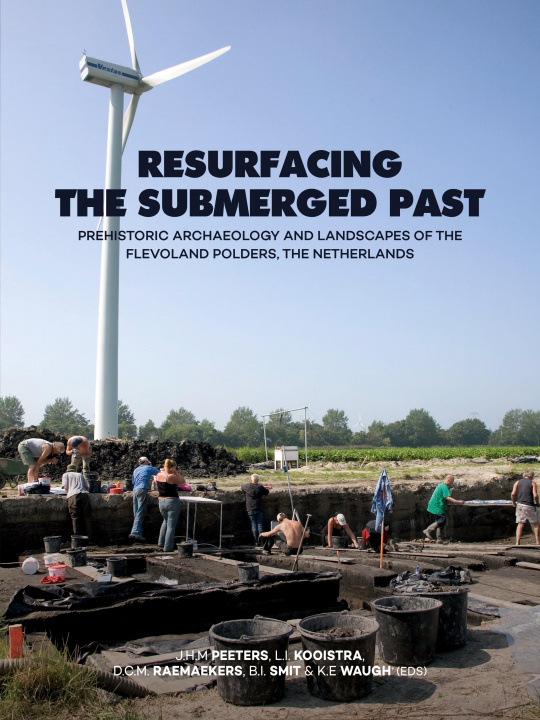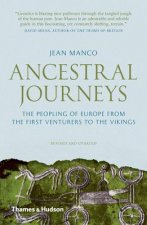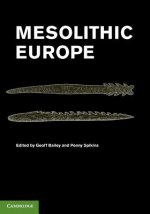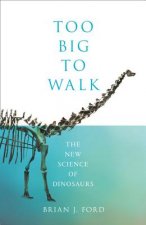
Versand
Kaufberater





Passt nicht? Macht nichts! Bei uns ist die Rückgabe innerhalb von 30 Tagen möglich
 Geschenkgutschein
In einem beliebigen Wert
Geschenkgutschein
In einem beliebigen Wert
Mit einem Geschenkgutschein können Sie nichts falsch machen. Der Beschenkte kann sich im Tausch gegen einen Geschenkgutschein etwas aus unserem Sortiment aussuchen.
Resurfacing the Submerged Past
 Englisch
Englisch
 AUSVERKAUF
AUSVERKAUF
30 Tage für die Rückgabe der Ware
Kunden kauften auch


The Netherlands are internationally renowned for the archaeology of its wetland environments. The reclamation of the Flevoland Polders in the early half of the 20th century not only exposed hundreds of shipwrecks, but also remnants of prehistoric landscapes and traces of human occupation dating to Mesolithic and Neolithic times. Ultimately, this led to the 'discovery' of the Swifterbant Culture in the 1960s-1970s, and which was initially seen as a Dutch equivalent of the Ertebølle Culture.Archaeological investigations conducted by the University of Groningen, and later also the University of Amsterdam, delivered important new data on the nature of the Swifterbant Culture. It became key in the discussion about the adoption of crop cultivation and animal husbandry by hunter-gatherers living in wetland environments. Also, the Swifterbant Culture became central in the debate on the meaning of archaeologically defined 'cultures', questioning relationships between social interaction and material culture. With the increase of urbanisation and infrastructural works, alongside changes in the Dutch Monuments Act, dozens of small and large-scale development-led investigations got initiated at the turn of the century.One project involved the construction of the Hanzelijn railway, crossing one of the polders from West to East. Archaeologists became aware that much of what was known - and unknown - about the prehistoric past of the Flevoland Polders, was not easily accessible. It was therefore decided to bring together, as much as possible, all the information from the many scattered sources, and make it accessible to professionals, both inside and outside the Netherlands. The result is this book, which presents an overview of the most important sites and data, and what these learn us about the nature of the archaeological record, landscape change, prehistoric subsistence, ritual behaviour, as well as socio-cultural developments during the Mesolithic and Neolithic.Previously considered an impossibility, 'fossilised' fields, discovered at Swifterbant, demonstrate crop cultivation in wetland environments in an early stage of the Neolithic. In fact, the prehistory of the Flevoland Polders is tightly connected to the dynamic nature of the extended wetlands that characterised the landscape since the end of the last glacial. Although often regarded as the 'margin' of cultural dynamics in the past, we can now see that the Flevoland Polders were right in the centre of fundamental long-term changes in human existence in NW Europe.ContentsChapter 1 Introduction of the Hanzelijn Archaeological Project (K. E. Waugh ( ), W. Hessing and J. Flamman)Chapter 2 The cradle of the Swifterbant culture: 50 years of archaeological investigations in the province of Flevoland (D.C.M Raemaekers and J.H.M. Peeters)Chapter 3 Hidden landscapes: mapping and evaluating deeply buried remains of human activity (J.H.M. Peeters and B.I. Smit)Chapter 4 Exploiting a changing landscape: subsistence, habitation and skills (J.H.M. Peeters, T. ten Anscher, L.I. Kooistra, L. Kubiak-Martens and J. Zeiler)Chapter 5 People, ritual and meaning (D.C.M Raemaekers)Chapter 6 From land to water: geomorphological, hydrological and ecological developments in Flevoland from the Late Glacial to the end of the Subboreal (L.I. Kooistra and J.H.M. Peeters )Chapter 7 Transformations in a forager and farmer landscape: a cultural biography of prehistoric Flevoland (J.H.M. Peeters, L.I. Kooistra and D.C.M. Raemaekers)Site Atlas: Windows of observation: the quality, nature and context of excavated sites in Flevoland (T.Hamburg and B.I. Smit)Bibliography
Informationen zum Buch
 Englisch
Englisch


 Kontakt
Kontakt Wie einkaufen
Wie einkaufen



















































